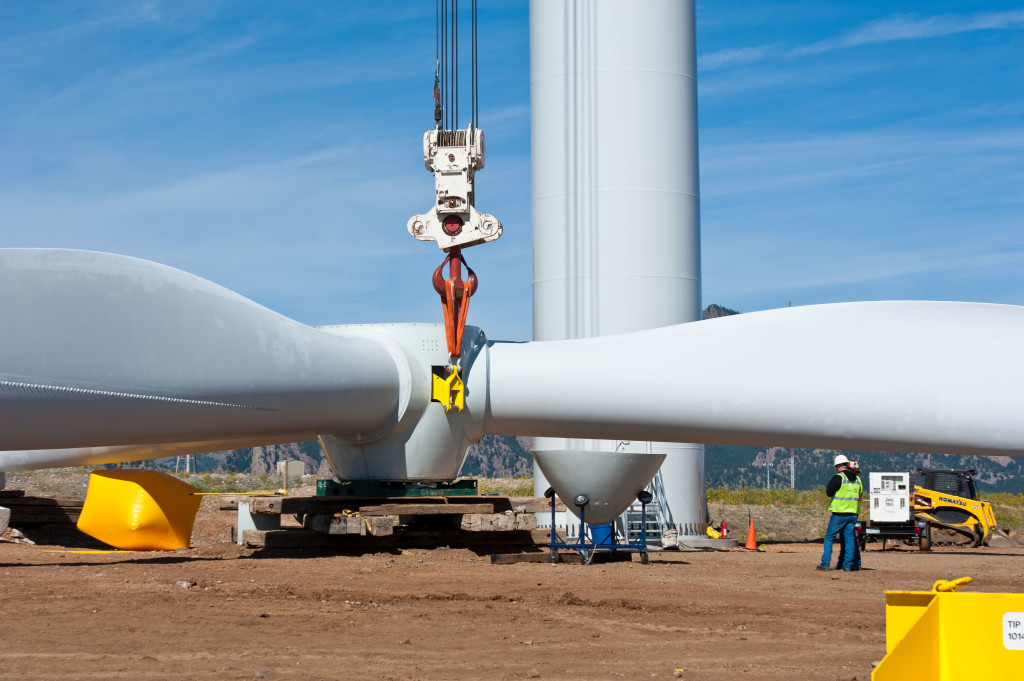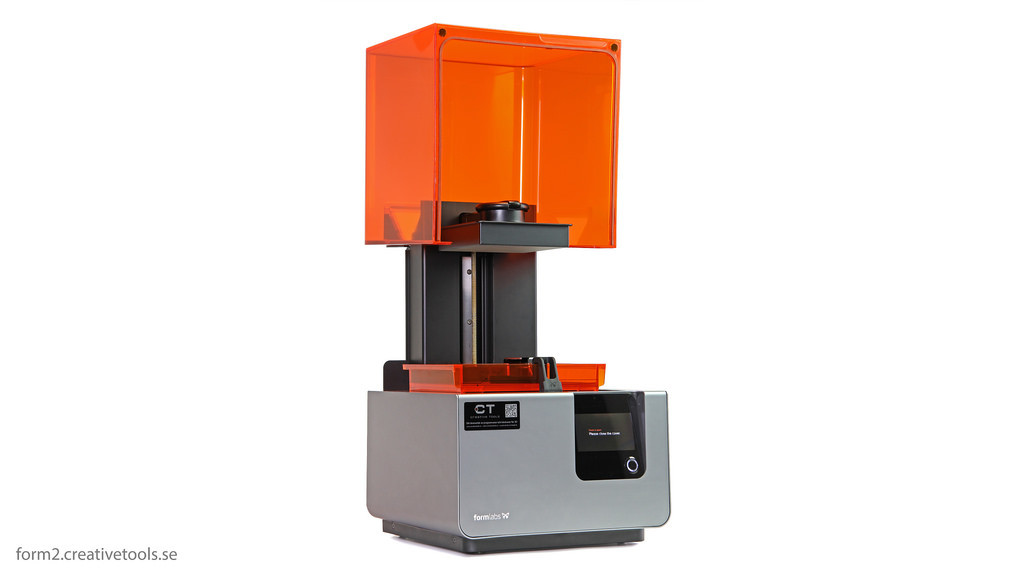about Ohio
The American Jobs Project was borne of two tough problems: loss of middle-class jobs in America and congressional paralysis. It seeks to address these problems by taking advantage of one of the biggest market opportunities of our era—the advanced energy sector—and to do so at the state, not the federal, level. Policymakers who leverage the unique strategic advantages of their state to grow localized clusters of interconnected companies and institutions are poised to create quality jobs.
Ohio is well-positioned to benefit from the growing demand for advanced energy given the state’s strengths in advanced manufacturing and engineering, leading universities and research facilities, and skilled labor force. Opportunities to leverage this momentum to further serve growing regional, national, and global markets offer real benefits for Ohio’s economy and good-paying jobs for the state’s residents.
Extensive research and more than 100 interviews with local stakeholders and experts in Ohio have resulted in identifying two economic sectors that show particular promise: wind and additive manufacturing.
There are several barriers hindering Ohio’s advanced energy industries and preventing supply chains from reaching their full potential. Ohio must address these roadblocks to grow the state’s advanced energy sectors and realize economic gains. To take full advantage of these opportunities, Ohio’s policymakers can enact policies to increase demand for wind power and additive manufacturing technology and to help the state’s businesses grow, innovate, and outcompete regional, national, and global competitors. Indeed, with the right policies, Ohio can support as many as 26,000 total jobs annually between 2016 and 2030 in these two clusters.
This project serves as a research-based roadmap for state and local leaders who seek to develop smart policies focused on leveraging the state’s resources to create skilled, good-paying jobs. Concerted effort at the state and local levels can create an environment that attracts advanced energy businesses to take root in Ohio. Employees in the advanced energy sector will spend their earnings in the local economy at grocery stores and restaurants, and those local establishments will need to hire more employees to satisfy demand. This creates a multiplier effect throughout Ohio’s economy, where a single dollar spent in a community circulates through local businesses and their employees numerous times.
Summary of Policy Recommendations
The analysis presented in this report culminates in four thematic sets of recommendations for Ohio’s leaders. Each set of recommendations identifies opportunities for barrier removal and future growth in the wind and additive manufacturing clusters. While the recommendations are intended to be complementary and would be powerful if adopted as a package, each can also be viewed as a stand-alone option.
Wind Energy
Encourage Foreign Direct Investment: Recruit foreign companies to Ohio in order to boost wind investments and fill gaps in the supply chain.
Amend Setback Requirements to Allow Flexibility for Turbine Size: Modify current setback requirements to meet the needs of rapidly growing turbines and small-sized distributed turbines.
Create an Ohio Wind Credit: Stimulate wind investment by establishing a wind production credit.
Create an Anchor Company Tax Credit: Offer a tax credit to companies that successfully recruit other wind-related businesses and suppliers to Ohio.
Establish a Port Retooling Strategy and Infrastructure Funds: Upgrade the Port of Cleveland for offshore wind activity through a public-private funding mechanism or a revolving loan program.
Additive Manufacturing
Encourage Foreign Direct Investment: Recruit foreign additive manufacturers to Ohio in order to boost investment and fill gaps in the supply chain.
Capitalize on Digital Manufacturing Innovation to Drive Job Creation: Promote advances in manufacturing technology by assisting companies with corresponding workforce training and technical support.
Connect Small Businesses to Research Institutions Through an Innovation Voucher Program: Encourage 3D printing adoption by allowing small businesses to use a voucher program to pay for equipment and consulting services from industry experts and local research institutions.
Establish an Additive Manufacturing Factory Retooling Program: Encourage in-state manufacturing of 3D printing machines, materials, and services by providing capital for retooling factories, purchasing equipment, and building facilities.
Minimize Manufacturing Waste: Reduce manufacturing waste in Ohio by providing incentives for waste-minimizing technologies or mandating a waste reduction target for the manufacturing sector.
Create a Manufacturing Technology Council: Form a council that unites Ohio’s additive manufacturers, advises state leaders on polices, and helps the state remain competitive in national and global markets.
Innovation Ecosystem and Access to Capital
Create an Intrastate Securities Exemption for Equity Crowdfunding: Spur innovation, economic activity, and small business growth by creating an intrastate securities exemption for equity crowdfunding. The exemption will expand the pool of investors that could finance Ohio startups.
Establish an Early-Stage Capital Gains Tax Exemption: Increase the flow of venture capital and incentivize investors by establishing a capital gains tax exemption for investments in early-stage Ohio companies.
Workforce Development
Develop Regional Strategies for Allocating Training Programs and Ensure Community College Participation in Southeastern Ohio: Work with business, industry, and research institutions to align training strategies with employer needs and geographic conditions. Encourage Ohio community colleges to contribute by tailoring relevant degree programs to provide students with the necessary skills to support local manufacturers.
Expand Apprenticeship Programs to Support and Foster Career Pathways: Provide tax incentives and additional support to companies that hire and train apprentices. Further expand apprenticeship opportunities by linking work hours to school credits and certifications. Enhancing apprenticeship opportunities will help meet employer demand for trained workers and prepare Ohioans for jobs in advanced energy sectors.
Enable Dislocated Veterans to Return to Work: Leverage Ohio’s well-trained veteran workforce by designing a program that allows them to continue their education and connects them with employers in need of their technical expertise.
[caption id="attachment_217" align="aligncenter" width="596"] September 21, 2011 - Workers use a giant crane for lifting the blade assembly is lifted as work continues on the 2 MW Gamesa wind turbine being installed at NREL's National Wind Technology Center (NWTC). (Photo by Dennis Schroeder)[/caption] [caption id="attachment_397" align="aligncenter" width="598"]
September 21, 2011 - Workers use a giant crane for lifting the blade assembly is lifted as work continues on the 2 MW Gamesa wind turbine being installed at NREL's National Wind Technology Center (NWTC). (Photo by Dennis Schroeder)[/caption] [caption id="attachment_397" align="aligncenter" width="598"] 3D printer
3D printerPhoto Credit. Creative Tools / Foter / CC BY[/caption]